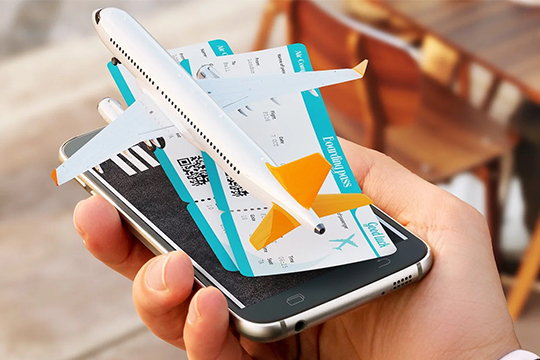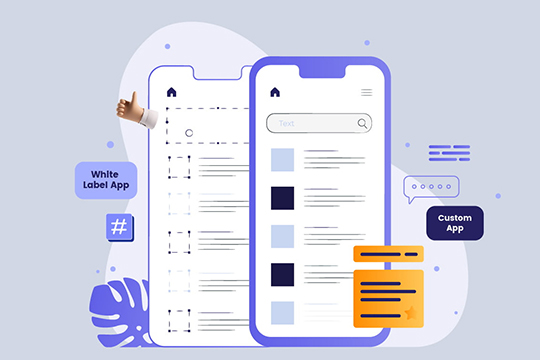How to Build an App Like TripPlanner
Travel planning has been transformed in the age of digital ease by smartphone apps that help consumers plan and manage…
Travel planning has been transformed in the age of digital ease by smartphone apps that help consumers plan and manage their travels effectively. If you’re thinking about creating an app similar to TripPlanner, you should be aware of the important components and procedures that go into this process.

Before diving into development, conduct thorough market research. Analyze existing travel planning apps to identify their strengths, weaknesses, and unique selling points. Determine your target audience’s demographics, preferences, and pain points to tailor your app accordingly.
Here are five key points for conducting market research and analysis
A successful trip planning app should offer essential features such as user authentication and profiles, itinerary creation and customization, integration with booking services (flights, hotels, activities), maps and navigation functionalities, and social sharing capabilities to enhance user engagement.
Here are five key features of a trip planning app:

Technology Stack for App Development
Selecting the right technology stack is crucial for the performance and scalability of your app. For the frontend, consider frameworks like React Native or Flutter for cross-platform compatibility. Node.js or Django can be used for backend development, along with databases like MongoDB or PostgreSQL.
Designing UI/UX
The user interface (UI) and user experience (UX) of your app are paramount. Begin with wireframing and prototyping to visualize the app’s flow and interactions. Aim for an intuitive and visually appealing design that simplifies the trip planning process for users.
Development Process
Start the development process by building the frontend and backend components in parallel. Implement key features such as itinerary management, booking integrations, and map functionalities. Conduct thorough testing to ensure the app functions smoothly across various devices and platforms.
Deployment and Launch
Prepare your app for deployment by following app store submission guidelines. Implement continuous integration and deployment (CI/CD) practices to streamline the release process and ensure timely updates.
Post-launch Maintenance and Updates
Once the app is live, prioritize post-launch maintenance. Address user-reported issues promptly and gather feedback to identify areas for improvement. Regularly update the app with new features and optimizations based on user insights.
Security and Legal Considerations
Ensure the app complies with data protection regulations and implement robust security measures to safeguard user information. Define clear privacy policies and terms of service to establish trust with your users.
Analytics and Monitoring
Integrate analytics tools to track user behavior, monitor app performance, and gain insights for future enhancements. Continuously analyze user data to make informed decisions and optimize the app’s functionality.
What technologies are commonly used to build trip planning apps?
Trip planning apps often utilize technologies like React Native for frontend development, Node.js for backend services, and MongoDB for database management.
How can user feedback be incorporated into app development?
User feedback is vital for app improvement. Integrate feedback mechanisms within the app and analyze user behavior to identify pain points and areas for enhancement.
What are the legal aspects to consider when launching a travel app?
Legal considerations include data protection laws, privacy policies, terms of service, and compliance with payment regulations if transactions are involved.
How important is user experience (UX) in a trip planning app?
UX is critical for a trip planning app as it directly impacts user engagement and retention. A seamless and intuitive UX enhances user satisfaction and encourages app usage.
How can I monetize a trip planning app?
Monetization strategies include subscription models, in-app purchases for premium features, affiliate marketing with travel providers, and targeted advertising.

Building a trip planning app like TripPlanner requires a strategic approach that encompasses market research, thoughtful design, robust development, and ongoing iteration based on user feedback. By focusing on user needs and leveraging the right technologies, you can create a successful app that simplifies travel planning for users.

Travel planning has been transformed in the age of digital ease by smartphone apps that help consumers plan and manage…

Introduction Mobile apps are now essential tools for tourists looking for speed, efficiency, and customised experiences in the fast-paced world…

Introduction Mobile applications, which meet a variety of requirements and interests, have become an essential part of our lives in…